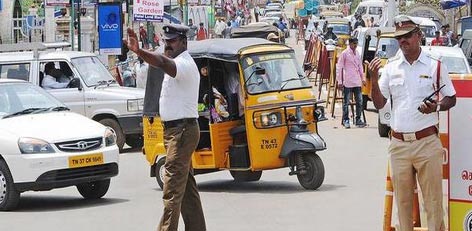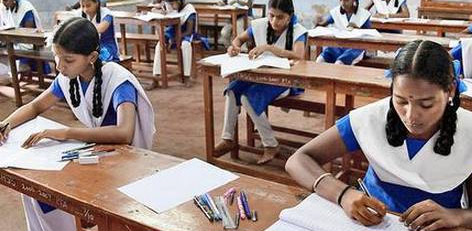Fully prepared and equipped for the monsoon, says Corporation
Posted on: 28/Oct/2017 12:01:30 PM

Following the 2015 torrential rains in Chennai city, an exclusive disaster management and flood control room is set up in the Corporation. This functions as a 24- hour helpline in the number 1913. In addition, there are 3 more landline numbers, an email id and a WhatsApp number for the public.
This room is bustling with a lot of activities and people are seen handling phone calls, feeding details of complaint data on the corporation servers. And they walk in and out of the room with complaint files. There are a number of computers giving weather details that often keep us reminded of the floods in Chennai city in 2015 and Cyclone Vardah in 2016.
G Devdoss, the Executive Engineer, Flood Control said the 2015 floods will not happen again. For all the unforeseen incidents, all preparations are kept ready.
Across the city, there will be about 176 relief schools and communities set up to function as relief centers. Apart from this, there will be 75 officials working in shifts to manage different tasks that come up. Chennai city is split into 20 different zones, and 17 IAS officials are deployed to work on the relief efforts set to take place. In case if residents should be relocated, the transport department would help out the flood control team.
What is the preventive measure for flood? To this question raised, the executive engineer said they are taking complete care of it. All the storm water drains are cleared and there is a 294 km stretch lines built newly to prevent water stagnation.
With the basic mechanics, the storm water drains will be managed in spite of the presence of encroachments.
Any number of storm water drains can be constructed until the water arrives the catchment area. The executive engineers say that the areas including north Madras, Manali, Tiruvottiyur, Madhavaram, Sholinganallur, and Valasaravakkam are prone to be susceptible to flooding. On the whole, there is a list of 306 such vulnerable places in Chennai city.
The government has made its efforts to stop encroachments on Ennore creek. All the salt pans, wetlands and mangroves are being hit by the fly ash ejected out of North Chennai Thermal Power Station, Vallur Thermal plant and Kamarajar Port.







